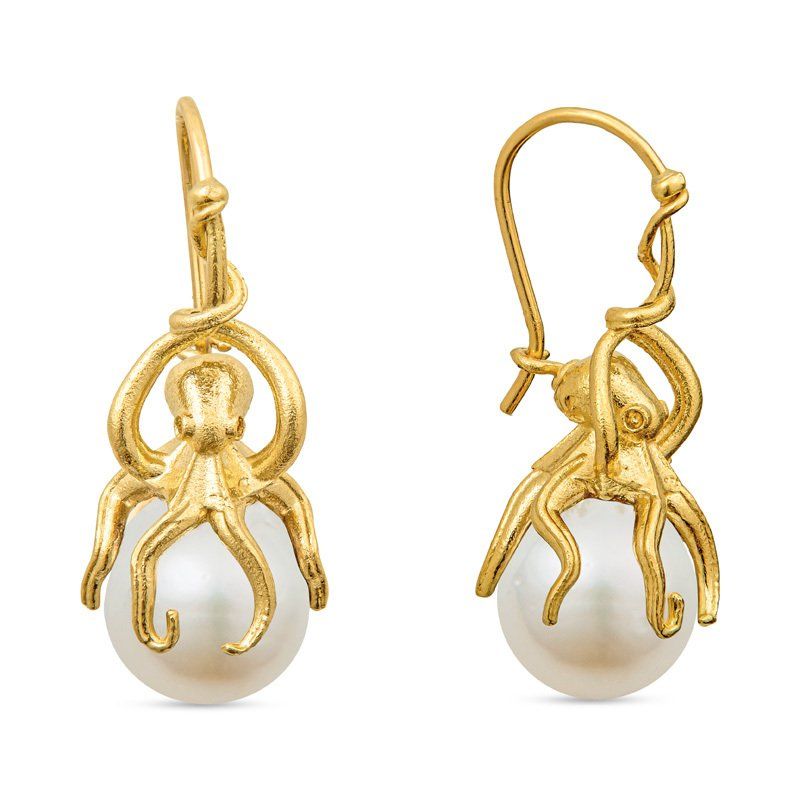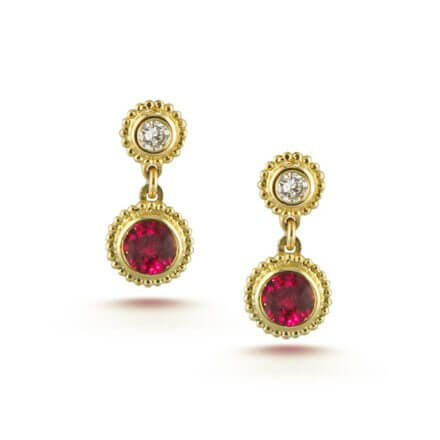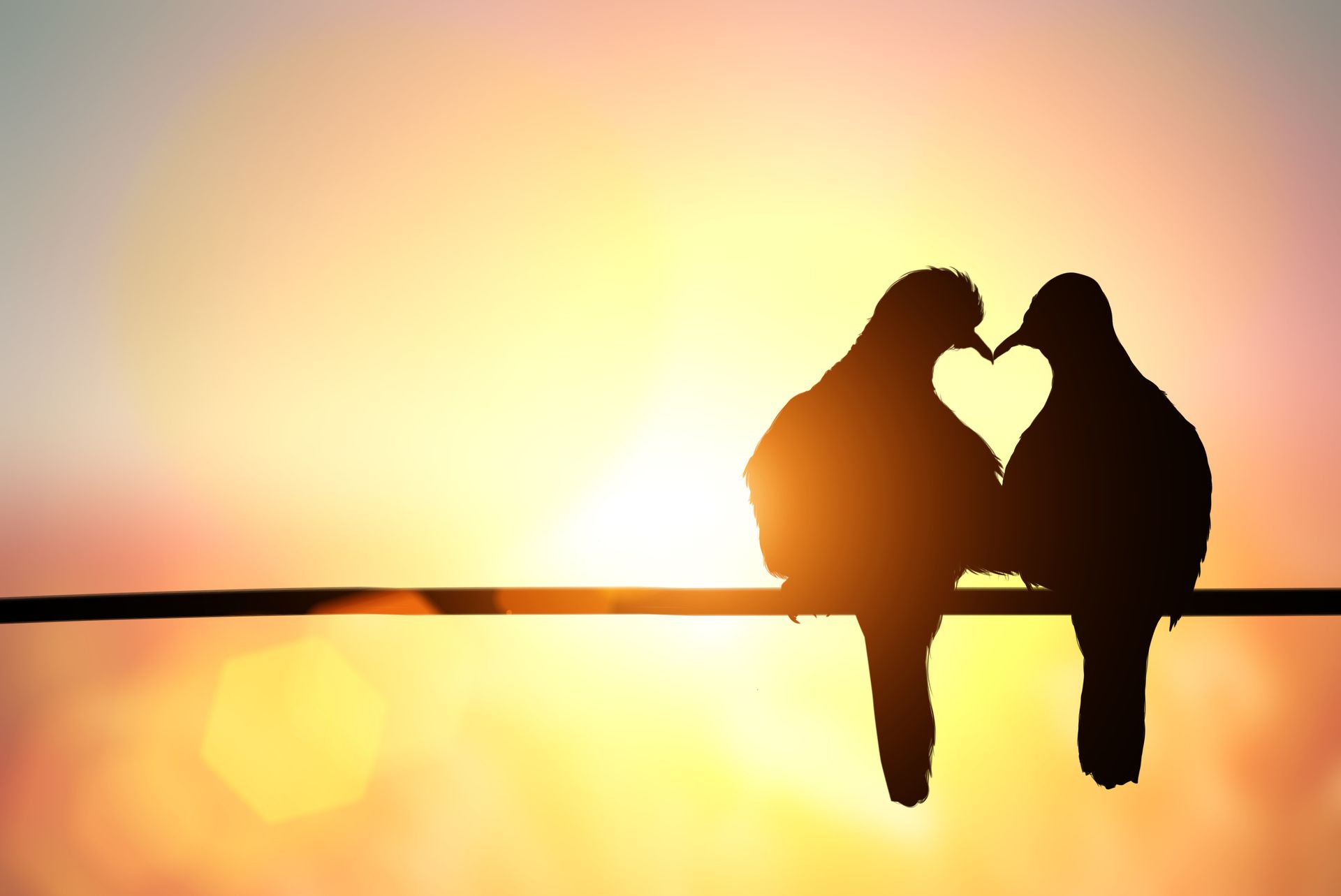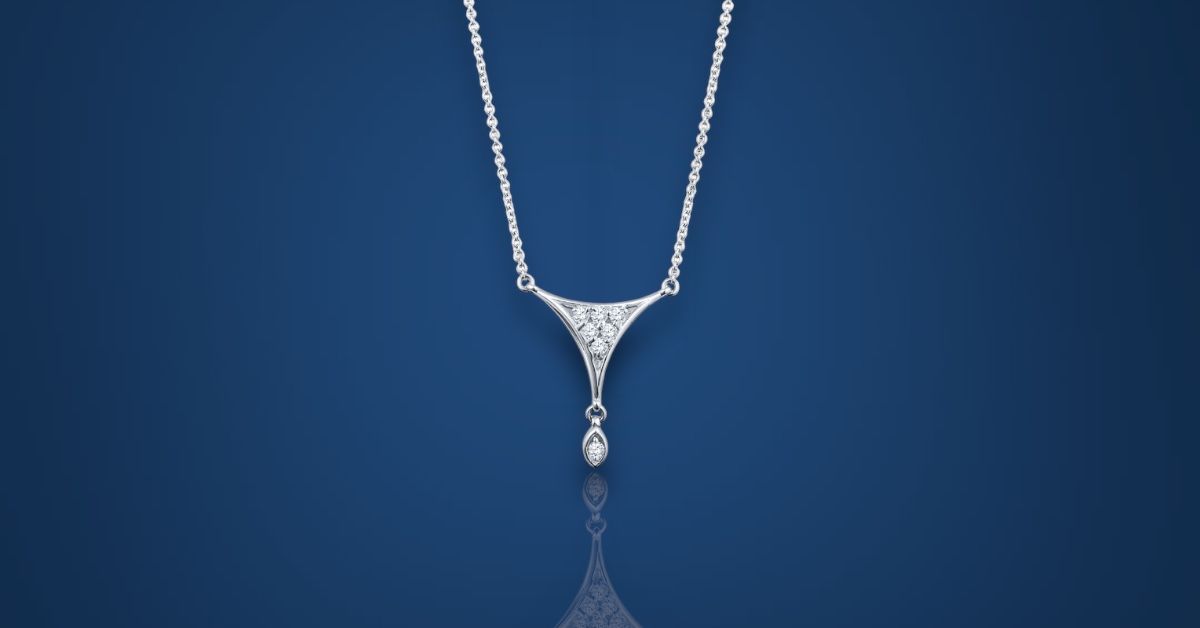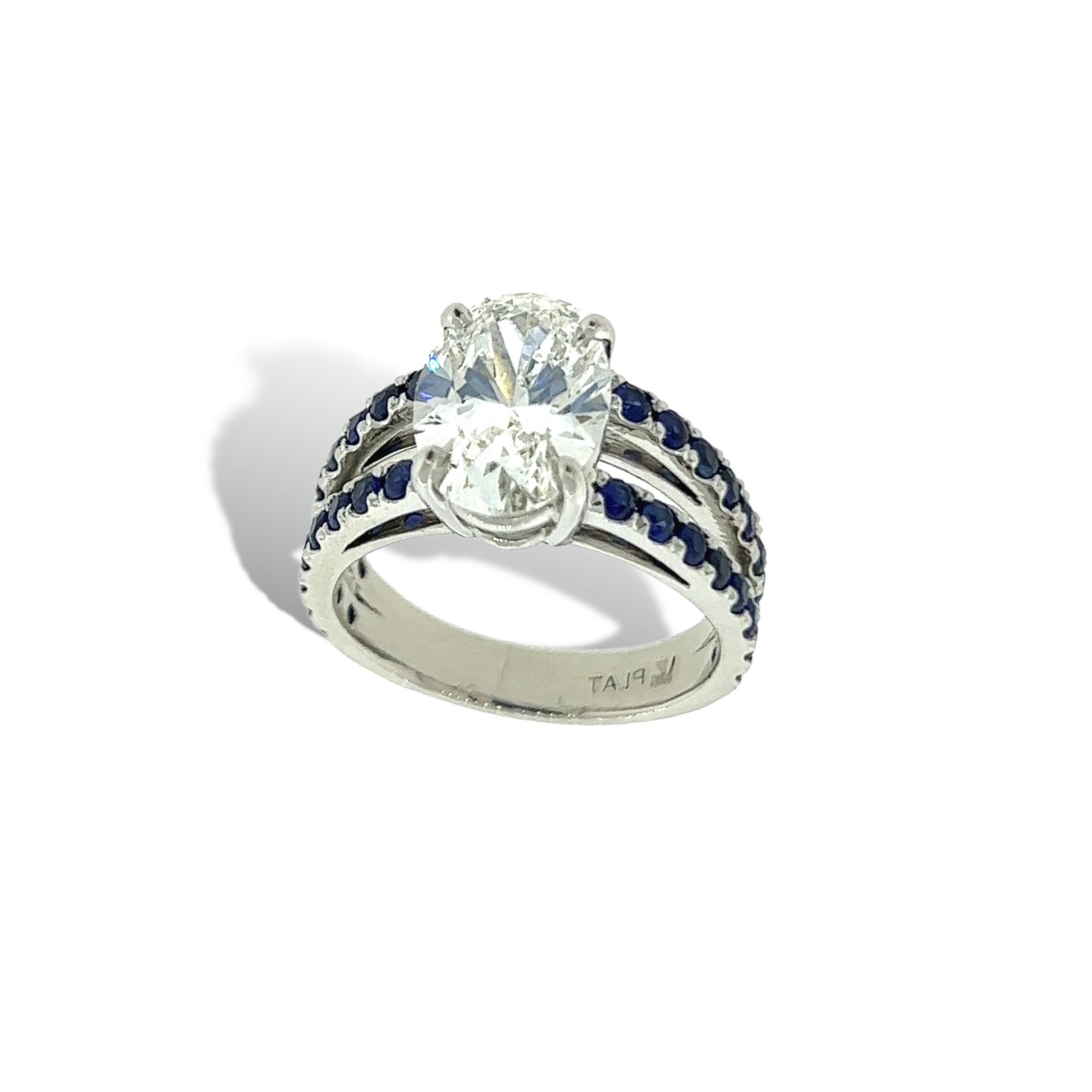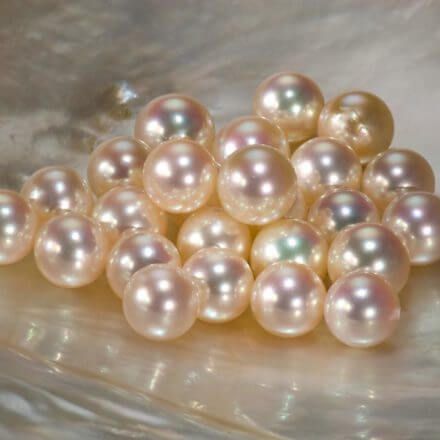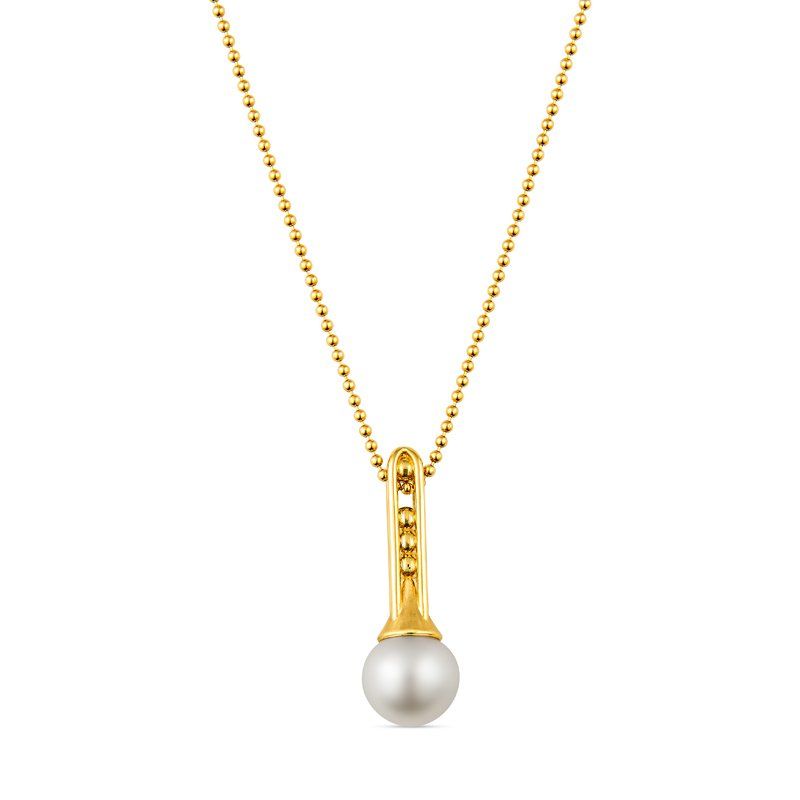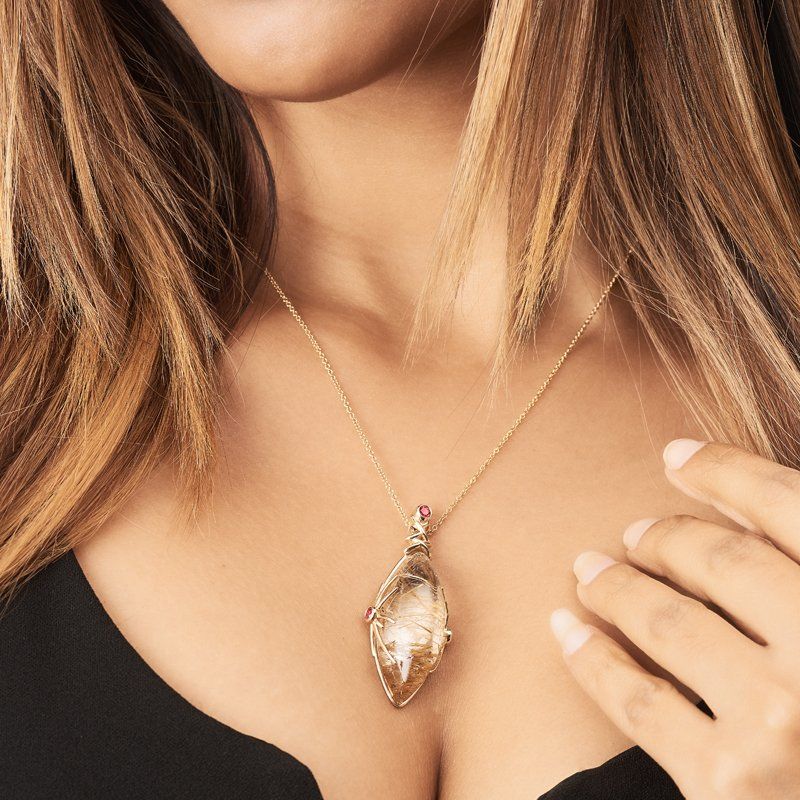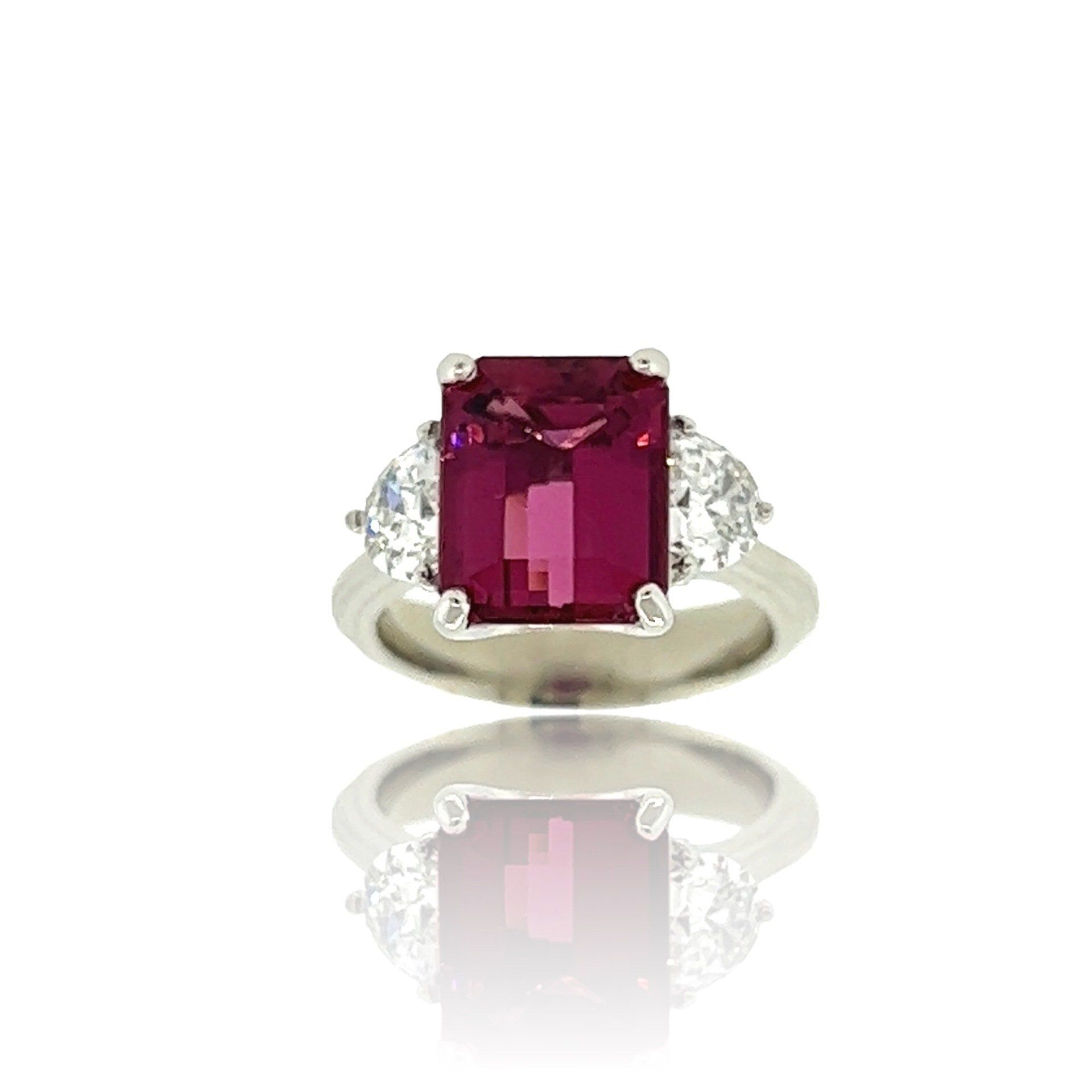Diamonds Can Break?
How To Prevent Your Diamond From Chipping
1. Avoid shapes with points or sharp corners
Any shape of diamond with points or sharp corners is more exposed to chipping at those locations. Round, oval, and rounded-corner cushions don’t have that point exposure.
2.
Protect the culet
At one time, almost all standard round brilliant cut diamonds and many other shapes were cut with a small facet at the culet. This was to protect the culet from chipping. Now most diamonds come to a sharp point at the culet, and thus all culets with points are vulnerable (figure 14). Once they are set in jewelry, however, there is little risk of damaging the culet.
3. Avoid girdles with very thin sections
While a strong blow can break a diamond at the girdle, a thicker girdle is more difficult to chip. Girdles with very thin places along the sides or at the corners and points are at a much higher risk of damage.
4. Chose a setting that protects the diamond
Vulnerable points or corners are better protected with bezels, partial bezels, or V-shaped prongs.
5. Use caution with tension settings
A tension setting holds a diamond in place using a groove cut into the metal that the girdle fits into, and the two ends of the ring press tightly against the diamond’s sides. A jeweler with experience in tension settings will be very careful about the condition of the girdle before allowing a diamond to be set in this manner.
6. Regularly inspect prongs for damage
A very common cause of chipping is that the prongs holding the gem in place in a piece of jewelry become bent or broken. If a diamond is loose in the mounting, it is at higher risk of getting chipped. Prongs protect their corners, points, and sides. If the prongs become bent or broken due to wear and tear, they are not doing their job: protecting your diamond.
Even if only one prong is damaged, your diamond is no longer held securely in its mounting.
7. Don’t wear a diamond that has already chipped
If a diamond already has a chip, some think they can take care of the mounting later. That knife-edged portion of the diamond that is chipped has an extremely high risk of getting chipped far worse. Stop wearing it until you can have it repaired.
TOUGHNESS: THE ACHILLES HEEL OF DIAMOND
Even though diamond is the hardest natural material, it can chip and fracture in the course of normal wear. Diamond is formed in the cubic crystal system and has four perfect cleavage directions. A cleavage plane is the weakest direction in the molecular arrangement of the crystal. Diamonds are tougher in the directions where the atoms are bonded tightly together, less tough where they’re not so tightly bonded. The most common form of the natural diamond crystal is an octahedron (figure 3), and our focus will be on that typical shape. Cleaving is the splitting of a diamond crystal parallel to one of its triangular, octahedral planes. While not the perfect example, compare wood, which has a single grain typically split by an axe with ease. A natural diamond crystal can only be cleaved parallel to one of the triangular octahedral faces (figure 4).
Figure 3. Idealized octahedron. Illustration by Al Gilbertson, © GIA.
Information Courtesy of the Gemological Institute of America
If you’d like to get deeper into this subject, link to GIA here
The post Diamonds Can Break? appeared first on Official Jewelry By Design Website.
